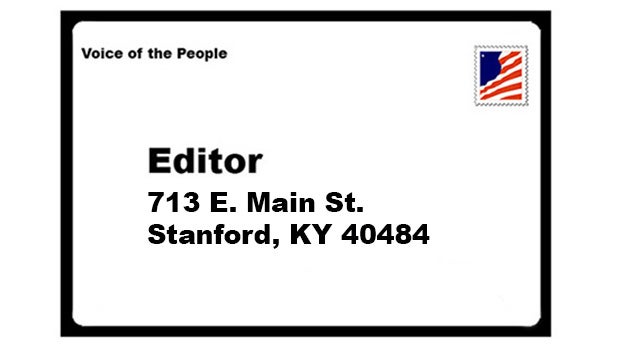Education’s holy grail: achievement, not racial quotas
Published 11:30 pm Thursday, December 21, 2017
By JIM WATERS
Guest columnist
“All I want for Christmas is for Republicans to act like Republicans,” I recently wrote on Facebook.
Responders aren’t optimistic.
“LOL Jim Waters … I’ll bet you still believe in Santa too!” wrote one friend who’s obviously frustrated with the current state of our politics.
Point made.
To avoid a completely empty stocking in case Republicans can’t stop the erosion of “Grand,” leaving them simply with an “Old Party,” I wonder if Santa could find me a major media organization without ideological bias and, worse, intellectual laziness when it comes to reporting on charter schools.
My request comes following publication of a recent Associated Press hit piece on charter schools dressed up as “analysis,” blaming these schools of choice for resegregating America’s public-education system simply because their student populations frequently reflect the high-minority, low-income makeup of the communities in which they’re located.
Nothing in the article reports how these schools offer solid evidence-based hope for closing achievement gaps between whites and blacks.
Not even a nod is given to how 95 percent of the 5,821 students attending Success Academy Charter Schools in New York were proficient in math while 84 percent were proficient in English during the 2016-17 school year even though 73 percent of those scholars come from poor homes.
There was no mention about these charter schools’ English Learner and learning-disabled students not only surpassing other ELL and special-needs students across New York but also outperforming native English speakers and students without disabilities, respectively, across the Empire State.
Wouldn’t unbiased reporting note the growing academic-achievement gap between whites and blacks in the Jefferson County Public Schools – one of America’s largest – as a stark example of the reality that racial parity in the classroom doesn’t guarantee academic equality?
Wouldn’t fairness demand reporting about how assigning and then busing low-income minorities to schools in suburbia in the blessed name of “diversity” doesn’t work either?
Bluegrass Institute research indicates that 14 of the district’s 19 elementary schools with white-black proficiency gaps of 30 points or more in 2015 are in the suburbs east of Interstate 65.
Such exclusions don’t escape New York magazine writer Jonathan Chait, who responded to the AP’s analysis with an article entitled: “Charters Didn’t Cause Segregation. They’re a Solution for Its Victims.”
Chait may be over-the-top in claiming the “deep cause of segregation is residential living patterns driven by decades of racist housing policy.”
What cannot be disputed is his assertion that charter schools fill with poor, minority students because they most often open in urban-area neighborhoods reflecting the same demographics.
Also indisputable is Chait’s observation that without the opportunity for charter schools, “the schools those children would otherwise be attending are also segregated.”
His conclusion offers a much-needed reality check for ideologues who would sacrifice important opportunities for this generation on the holy grail of some future generation’s altar of desegregation.
Minority students living in low-income zip codes shouldn’t be relegated to a poor education just because nobody’s “formulated a plan to achieve large-scale school integration that stands any practical chance of success during the lifetime of today’s students,” he writes.
While working for desegregation is always noble and necessary, Chait urges “it cannot be the only mechanism to allay the appalling lack of educational opportunity given to children in segregated neighborhoods.”
As charter schools become available in Kentucky, parents should ignore the insidiousness of the AP’s shoddy “analysis” and instead snatch today’s opportunity to give their children for whom the clock is ticking the best education possible.
Besides, what better way to bust chains of neighborhood segregation than giving children trapped in them the kind of education that allows them to build or buy a house in whatever neighborhood they choose?
Jim Waters is president and CEO of the Bluegrass Institute for Public Policy Solutions, Kentucky’s free-market think tank. He can be reached at jwaters@freedomkentucky.com and @bipps on Twitter.




